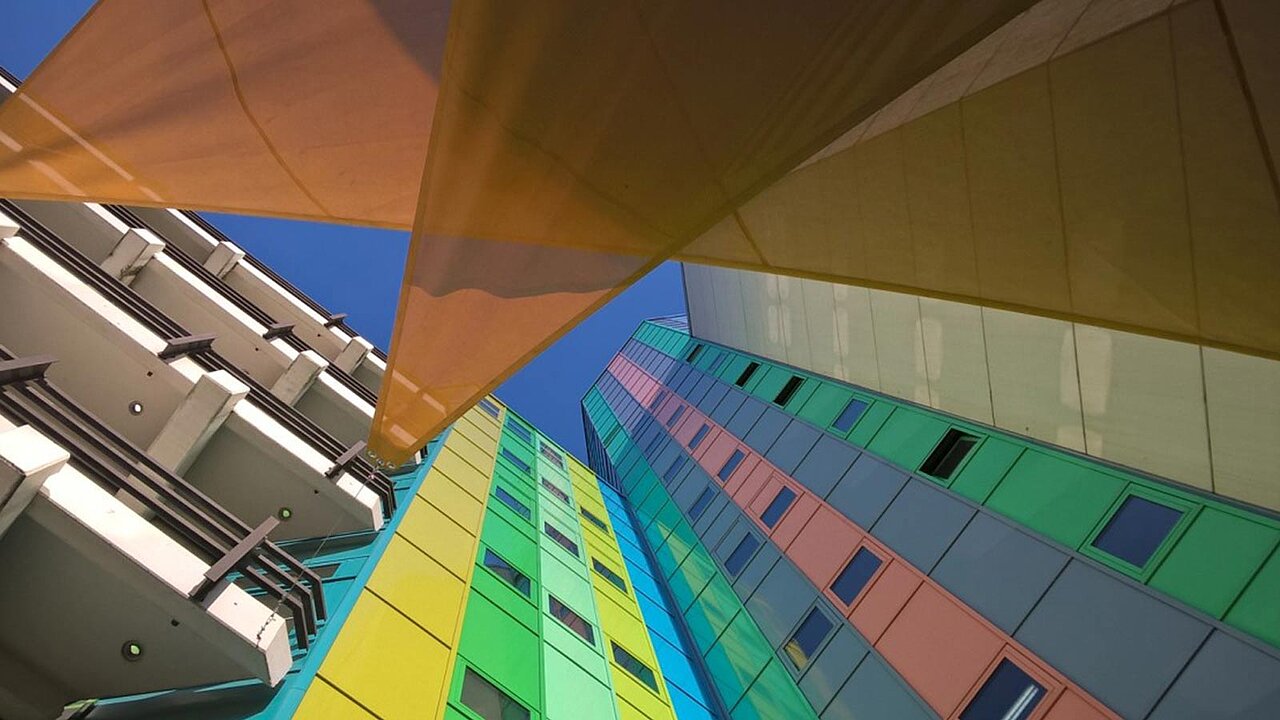A total of 17 colleges and 5 universities, as well as renowned research institutes, make the Ruhr region a center of higher education in the German state of North Rhine-Westphalia – and a place where the world’s future is taking shape.
The Ruhr region plays a key role in the research landscape not just in North Rhine-Westphalia but also in Germany as a whole, featuring a unique set of conditions that foster and nurture scientists, students, and those who simply want to shape the future.
Unparalleled Density of Institutions of Higher Education
With 17 colleges and 5 universities, the Ruhr region offers more tertiary educational institutions than any other German metropolitan area.
Number of Students
The Ruhr region hosts 49 students per 1,000 inhabitants, a ratio that exceeds that of every other metropolitan region in Germany.
Research outside the University Setting
Renowned research institutes complement the scientific landscape in the Ruhr region. Three institutes of the Max Planck Society, five Fraunhofer institutes, four institutes of the Leibniz Association, and numerous other institutions do groundbreaking research in fields ranging from hydrogen and specialty chemicals to environmental technology and logistics.
A Robust STEM Sector
The Ruhr region is a hotbed of young talent, particularly in the areas of science, technology, engineering, and mathematics, popularly known as STEM. There are nearly as many young people studying STEM subjects in the Ruhr region as there are in the specialized locations of Munich and Stuttgart.
An Outstanding Location for Networking
A key quality of the Ruhr region as a location is the proximity of its science and research institutions to each another. The large number of university networks demonstrates that close relationships are cultivated in terms of not only proximity but also substance. There is also close cooperation with the local business community. Here, research is not some quiet activity pursued in remote solitude; the Ruhr region stands for a research landscape that is highly interconnected and geared toward practical implementation.


